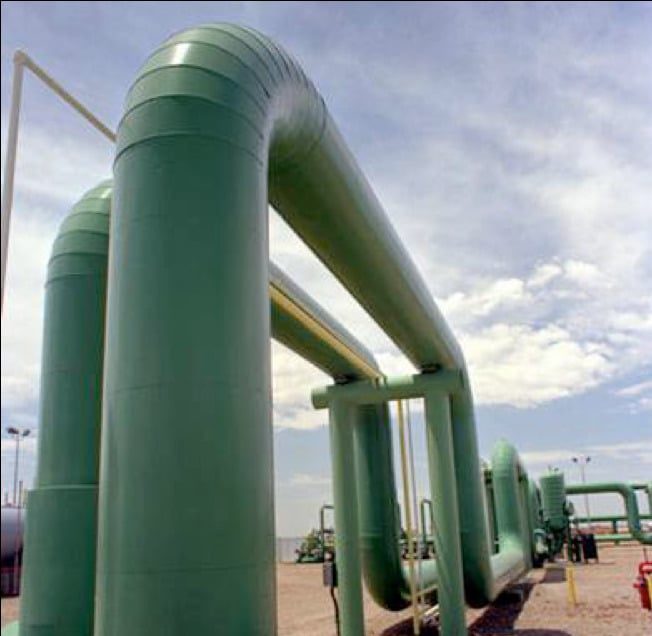USA-headquartered Ohmium International has announced the launch of a electrolyzer gigafactory in India through its Bengaluru-based arm enArka India.
The gigafab, located in Bengaluru, will manufacture Proton Exchange Membrane (PEM) technology-based electrolyzers to produce green hydrogen. Initially, it will have a capacity of about 500 MW of electrolysis equipment per annum, which is eventually planned for scaling up to 2 GW per annum.
According to a report by TERI, India would require significant investment in electrolyzers if the nation is to deploy green hydrogen as a clean energy solution for key sectors, including transport, industry, and power, by 2050.
Most hydrogen in India is produced using natural gas through steam methane (CH4) reforming and used in the refinery and fertilizer industries. The hydrogen so produced is termed ‘grey’ as the carbon byproduct leads to CO2 generation.
Green hydrogen is zero-carbon hydrogen production through the electrolysis of water (splitting water into hydrogen and oxygen) using renewable electricity.
There is significant research on the electrolysis method of producing hydrogen in India, but this low-carbon technology is yet to be deployed at scale.
PEM electrolysis
Proton exchange membrane (PEM) is a much more recent electrolysis method than alkaline electrolysis. It reverses the fuel cell principle and requires no liquid electrolyte. Water is pressed through a stack of two electrodes and a polymer membrane. It only allows positively charged hydrogen protons to pass through. Platinum is usually used as a catalyst in the cell. The thin cells consisting of a membrane and a pair of electrodes can be arranged in stacks to achieve better performance.
Compared to alkaline electrolysis, PEM electrolysis has the advantage of quickly reacting to the fluctuations typical of renewable power generation. This technology is often used for distributed systems because the equipment is low-maintenance and delivers high-quality gas.
Ohmium claims it technology enables the design of compact electrolyzers, with a fast heat-up and cool-down over a short response time.
“Our stack can sustain a differential pressure across the membrane without compromise. This feature supports the optimization of the compressor design with the aid of electrochemical compression as a part of the hydrogen generation. Using a solid and thin electrolyte membrane leads to a shorter path for proton transport, thus minimizing ohmic losses. This, in turn, enables our electrolyzer to run at a very high current density and enhances cost-effective operation,” reads the company website.
This content is protected by copyright and may not be reused. If you want to cooperate with us and would like to reuse some of our content, please contact: editors@pv-magazine.com.









By submitting this form you agree to pv magazine using your data for the purposes of publishing your comment.
Your personal data will only be disclosed or otherwise transmitted to third parties for the purposes of spam filtering or if this is necessary for technical maintenance of the website. Any other transfer to third parties will not take place unless this is justified on the basis of applicable data protection regulations or if pv magazine is legally obliged to do so.
You may revoke this consent at any time with effect for the future, in which case your personal data will be deleted immediately. Otherwise, your data will be deleted if pv magazine has processed your request or the purpose of data storage is fulfilled.
Further information on data privacy can be found in our Data Protection Policy.